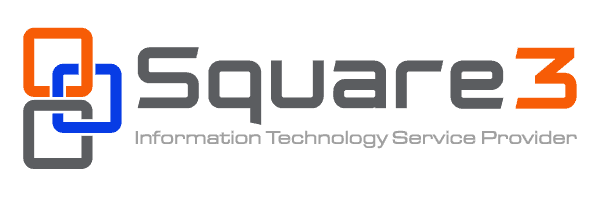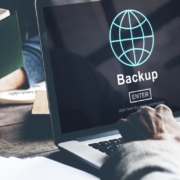3 ways to avoid data loss
According to the 2019 Global State of Cybersecurity, 39 percent of SMEs do not have a data loss response strategy, despite 60 percent of the study’s participants reported having experienced data loss in the previous 12 months. This is just one of the many reports demonstrating the relaxed attitude that most organizations have toward data security.
Losing data can be devastating for any business that relies on IT-based systems and processes. Data loss has more dire consequences than mere inconveniences — it can take a heavy financial toll, attract legal implications, and even lead to an enterprise’s downfall. With that in mind, here are three ways to prevent losing precious business data.
1. Make regular data backups
Identify critical data that needs to be backed up and create a regular backup routine. You do not necessarily need to back up everything — just make sure that all the important information, such as transaction records, customer info, and IT data, can be recovered in its entirety if the primary source or storage fails. Remember, the backup has to mirror the original data at all times, so update the backup every time the main repository is modified.
The important thing is to work the backup process into a scheduled system and ensure the backup itself is secure, reliable, and preferably off-site. However, a manual backup routine can be quite strenuous and fraught with errors. Luckily, you can work with a managed service provider to automate backup and restoration processes to avoid unreliable manual procedures.
2. Create a redundant data infrastructure
Most organizations store their data on local data centers and servers, even as businesses embrace cloud storage and hybrid systems. From a general perspective, cloud storage is preferably more secure as an archive and backup solution. Still, there is nothing wrong with on-prem storage as long as there are built-in redundancies to guarantee data availability.
Setting up redundancies will help you avoid the classic case of putting all your eggs in one basket. You should have at least three up-to-date copies of data: one off-site copy and two others in different media. Each extra data copy acts as an additional protection layer because every backup type has unique data loss vulnerabilities.
Currently, the annualized failure rate for hard drives stands at 1.07 percent. AFR is a standard computation metric that represents HDD failure rates after 12 months of active use. This means that local storage and backups are not entirely dependable on their own due to logical limitations, even ignoring the possibilities of physical damage and technical accidents.
3. Encrypt sensitive information
Data encryption is one of the most effective ways of protecting corporate information in transmission or static storage. Encryption is a sophisticated process of encoding raw data so that only a recipient with the correct decryption key can decipher it. In most systems, decryption occurs after successful user authentication at the access point.
Encrypted data maintains its authenticity and integrity since no unintended persons can access or manipulate its contents. Even when the data is compromised, it only appears as a scrambled, unintelligible mess in the wrong hands. Make a point of encrypting live storage and backups to prevent data loss and exposure should there be a breach.
Having formidable cybersecurity defenses in place can make your business immune to data loss. Preparing for data unavailability is a big part of an effective disaster recovery plan. With data being a high-value digital asset, a single protection mode is not enough to guarantee its security. Partner with a trusted data backup and disaster recovery expert to formulate practical strategies to safeguard your precious resources.














